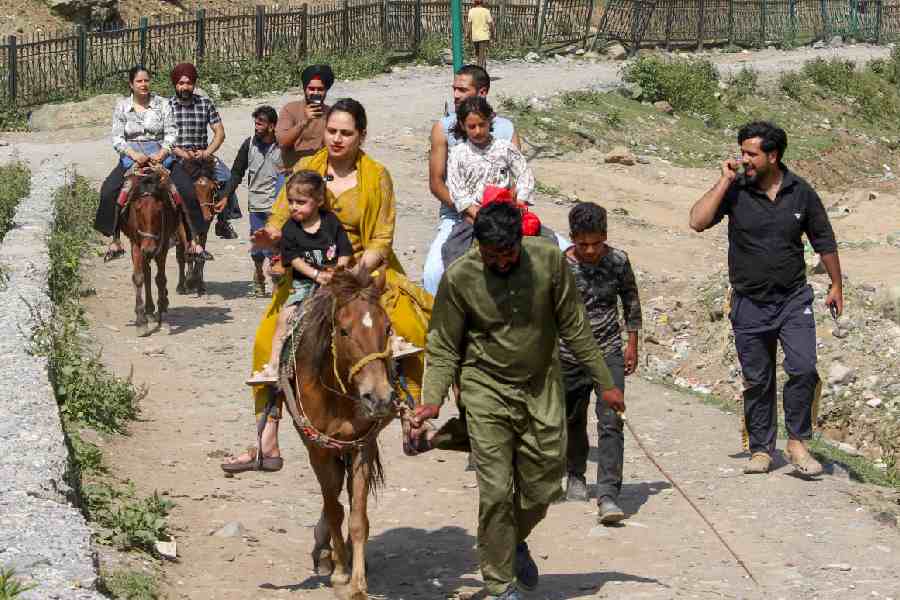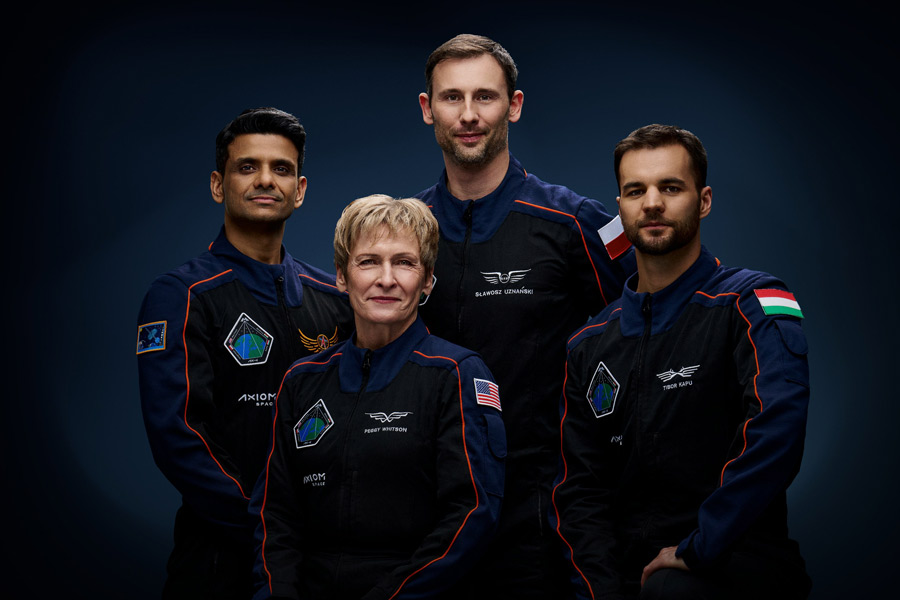 |
Although unknown 25 years ago, the natural geochemical arsenic contamination of groundwater has now emerged as a global crisis threatening the quality of drinking water in over 50 countries. Of them, countries in South and Southeast Asia, namely, Bangladesh, Nepal, Cambodia, Thailand, Laos, Myanmar and obviously, India, are the worst affected. In fact, it was in the villages of the North 24 Parganas of West Bengal that a group of severely arsenic-affected patients was first diagnosed in the early 1980s. Statistics now abound regarding the continued suffering and loss of human lives in eastern India caused by drinking arsenic-contaminated water. The rainfall in this region is quite significant (over 1,200 mm/year). Ironically, arsenic-free surface water is practically unusable without significant treatment because of poor sanitation practices and contamination, with the potential for an outbreak of waterborne diseases.
Arsenic crisis in West Bengal and its solution are not an isolated issue. Adopting and embracing technological development in related areas may offer a roadmap for mitigating the crisis for resource-poor people in remote villages. The following is an attempt to dispel some commonly held misconceptions regarding the problem and disseminate pertinent information among policymakers, professionals, users, informed citizens and government officials in an easy-to-comprehend manner.
Myth: Arsenic concentration in groundwater decreases if deep aquifers are used in place of shallow ones. Thus, deep aquifers are always more reliable in providing arsenic-safe water.
Fact: Untrue. There is no universal correlation between the depth of aquifers and arsenic concentration. Also, arsenic concentrations might change with time depending on the withdrawal rate, oxygen dissolution and other environmental factors.
Myth: Groundwater withdrawal from shallow aquifers for potable and domestic usage lowers the sub-surface water level and thus poses a long-term threat.
Fact: Untrue. As long as the consumption is limited to potable water supply (drinking, cooking and shower), groundwater withdrawal has no adverse consequence because the requirement is very low and the water level gets continually replenished by rainfall. However, withdrawal for agricultural and industrial usage may result in significant lowering of groundwater level.
Myth: Rainwater harvesting is a cost-effective substitute for groundwater as a source of potable water.
Fact: Untrue. Rainwater harvesting may complement groundwater as a primary resource but cannot guarantee water availability for the entire year on its own. Also, rainwater harvesting requires a high capital investment (a minimum of Rs 20,000 for every household) and houses in the rural areas need to be appropriately upgraded for this. Rain-water harvesting is most effective in drought-prone areas with minimum rainfall.
Myth: Due to significant rainfall, villages normally have surface water sources, namely, ponds, impoundments, and dugwells, where the water is arsenic free. Collecting drinking water from there is safe and less expensive.
Fact: Untrue. Arsenic is not the only regulated contaminant to cause health impairment. All surface water needs treatment in order to be free of turbidity and microbial contamination resulting from poor sanitation practices. Surface water treatment is always operationally complex for small populations and individual households.
Myth: From a large surface water treatment plant, safe drinking water can be piped to affected villages to mitigate arsenic crisis in a cost-effective way.
Fact: Untrue. Laying pipes in thousands of affected villages for supplying treated surface water is an extremely expensive proposition and unrealistic in terms of implementation and continued maintenance. Such a practice is avoided even in the most developed countries.
Myth: Severely arsenic-affected patients were detected and diagnosed for the first time in the early 1980s from villages (Binimaypara, Ashoknagar, Gaighata) in the North 24 Parganas. People in the said villages currently receive safe potable water.
Fact: Untrue. Piped water supply is non-existent in Binimaypara and other neighbouring villages and unlikely to be available in the future. Arsenic-contaminated groundwater continues to be the only viable source of potable water for the villagers. Through the efforts of non-profit organizations and university collaborators, community-based arsenic removal systems are now in place there, providing arsenic-safe water to several thousands of villagers.
Myth: Arsenic removal technology is very expensive and unsustainable for developing countries.
Fact: Untrue. The technology has matured steadily over the last 10 years and is currently well poised to provide arsenic-safe water, which will also come cheap. It is less expensive compared to treating typical river water to make it free of turbidity, colour and microbial contamination.
Myth: In the vicinity of the Calcutta Municipal Corporation area, arsenic has been found in groundwater supply in excess of its permissible limit. Withdrawing arsenic-safe water from deep aquifers ensures a cost-effective and arsenic-free water supply.
Fact: Untrue. There is no guarantee that arsenic will not appear in the deep aquifer afterward and it is not cost-effective in the long run.
Myth: The maximum contaminant level of arsenic in drinking water is 10 parts per billion as recommended by the World Health Organization. The existing arsenic removal technologies in India are not capable of complying with the WHO standard.
Fact: Untrue. Nanotechnology-based adsorption technologies can be in compliance with the WHO limit and be economically competitive. The technology has already been approved by the state’s Arsenic Task Force and is in operation in the United States of America, Cambodia and Italy.
Myth: Arsenic removed from the groundwater is difficult to contain and always poses health threats to rural communities in remote areas.
Fact: Untrue. The methodology of containment of arsenic-laden sludge in rural environment is now well proven and being practised in many remote locations in a cost-effective way.
Myth: Iron oxide-based absorbent needs to be thrown away after arsenic removal.
Fact: Untrue. Reusable iron oxide-based absorbents have been developed and are known as hybrid anion exchanger or Haix. They are now used extensively as point of use systems and in the municipalities of the US. Reusability of the absorbent lowers the cost of treated water.
Myth: Arsenic is sometimes present more as As (III) than as As (V), thus making the treatment more difficult.
Fact: Untrue. The reusable Haix can remove both As (III) and As (V), as validated by many community-based arsenic removal systems in West Bengal. However, activated alumina is not capable of removing As (III).
Myth: Arsenic in groundwater is a menace and the right approach should be to avoid arsenic-contaminated groundwater altogether.
Fact: Untrue. In every crisis, there is an embedded opportunity for innovation and economic growth. Removal of arsenic from groundwater and sustainable operation of such a system should be taken as a challenge to develop appropriate cost-effective technology. Such technologies are already in place.
Myth: Even with an appropriate arsenic removal technology, it is impossible to sustain it economically in the rural community.
Fact: Untrue. There are many villages in West Bengal where the villagers routinely operate, maintain, monitor and finance community-based arsenic removal systems, providing arsenic-safe water and creating new employment opportunities.
M yth: Endless withdrawal of groundwater for irrigation resulted in the Green Revolution in West Bengal and other regions of India. Now a major conflict looms between providing arsenic-safe water and agricultural revolution.
Fact: Untrue. This is an important juncture to explore and gradually adopt efficient, low-water consuming agricultural practice, such as drip irrigation for enhanced sustainability. West Bengal is blessed with sufficient natural fresh water supply. Sound scientific knowledge and appropriate technology need to be embraced to reap the maximum benefit without jeopardizing human health and environment.










